Home>Interior Design>Home Organizing Ideas: 15 Ways To Keep Rooms Orderly
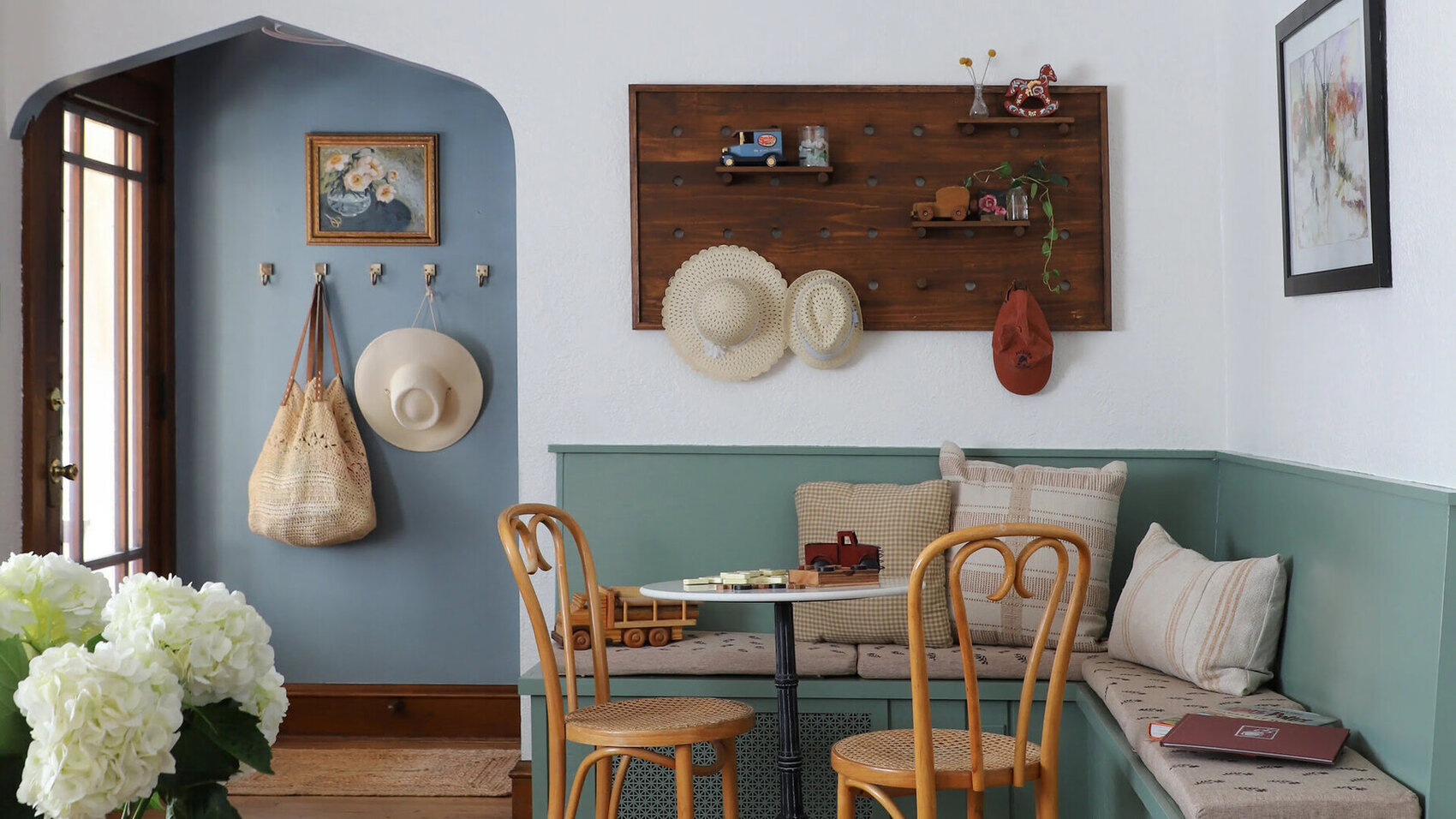

Interior Design
Home Organizing Ideas: 15 Ways To Keep Rooms Orderly
Modified: October 20, 2024
Discover 15 brilliant interior design solutions for maintaining a clutter-free home. Get inspired with these practical home organizing ideas to keep your rooms orderly and stylish.
(Many of the links in this article redirect to a specific reviewed product. Your purchase of these products through affiliate links helps to generate commission for Storables.com, at no extra cost. Learn more)
Introduction
Welcome to a world of organized bliss! In a busy and hectic world, it’s easy for our homes to become cluttered and chaotic. However, with a little creativity and some strategic planning, you can transform your living spaces into serene and orderly environments. This article will provide you with 15 home organizing ideas that will help you keep every room in your house neat and tidy.
From decluttering tips to storage solutions, we will explore various strategies that will not only maximize your space but also add a touch of style to your interiors. So, let’s dive in and discover how you can maintain order and harmony in your home.
Key Takeaways:
- Transform your home with 15 creative organizing ideas, from decluttering tips to setting up designated stations. Embrace the potential within your living spaces and reap the rewards of a well-organized and inviting sanctuary.
- Maximize storage space, reduce clutter, and create a harmonious environment in every room of your house. Embrace these home organizing ideas to enhance productivity, reduce stress, and enjoy a visually pleasing living space.
Decluttering Tips
Before diving into any organizing project, it’s essential to start with decluttering. Decluttering allows you to let go of items you no longer need or use, creating more space and reducing visual clutter. Here are a few tips to help you effectively declutter your home:
- Set realistic goals: Break down your decluttering tasks into small, manageable goals. This will prevent overwhelm and help you stay motivated.
- Follow the “one in, one out” rule: For every new item you bring into your home, donate or discard one similar item. This will help you maintain a balance and prevent unnecessary accumulation.
- Sort items by category: Instead of decluttering room by room, tackle one category at a time. For example, start with clothing, then move on to books, kitchen gadgets, and so on. This method allows you to see the full extent of your belongings and make more informed decisions.
- Ask yourself meaningful questions: When deciding whether to keep or discard an item, ask yourself if it brings you joy, if you’ve used it in the past year, or if it holds sentimental value. Be honest with yourself and let go of anything that no longer serves a purpose in your life.
- Create designated donation and discard areas: Set up separate bins or areas in your home for items you plan to donate and items you need to discard. This will make the decluttering process more efficient and ensure that unwanted items leave your space promptly.
By following these decluttering tips, you can create a solid foundation for organizing your home. Once you’ve cleared out the unnecessary items, you’ll be ready to move on to the next step: organizing and storing the items you’ve chosen to keep.
Utilizing Storage Baskets and Bins
Storage baskets and bins are essential tools for keeping your home organized. They come in various sizes, shapes, and materials, and can be used in almost every room of the house. Here are a few ways you can utilize storage baskets and bins:
- In the Living Room: Use decorative baskets to store blankets, pillows, and remote controls. This not only keeps your living room tidy but also adds a cozy touch to your space.
- In the Kitchen: Utilize bins or baskets to organize pantry items, such as canned goods, snacks, and baking essentials. Label each bin for quick and easy access to your ingredients. You can also use baskets to corral kitchen gadgets or cleaning supplies under the sink.
- In the Bedroom: Place storage bins under the bed to store off-season clothing, extra bedding, or shoes. This creates additional storage space and keeps your bedroom clutter-free.
- In the Bathroom: Use small baskets or bins to organize toiletries, towels, and bathroom essentials. This not only keeps your bathroom tidy but also makes it easier to find what you need.
- In the Home Office: Use storage baskets or bins to organize paperwork, folders, and office supplies. This creates a more organized and efficient workspace.
- In the Kids’ Rooms: Bins and baskets are especially useful for organizing toys and books. Teach your children to categorize their toys and store them in designated bins, making clean-up time a breeze.
When using storage baskets and bins, it’s important to choose ones that match your aesthetic preferences and fit the specific needs of each room. Selecting containers that are both functional and visually appealing will enhance the overall look and feel of your space.
By incorporating storage baskets and bins into your home organization strategy, you’ll have a designated place for everything, reducing clutter and making it easier to maintain an orderly living environment.
Installing Wall Shelves
When it comes to maximizing vertical space and adding storage options, wall shelves are a game-changer. They not only provide a practical solution for organizing items but also serve as stylish displays for decor and personal belongings. Here’s how you can make the most of wall shelves in your home:
- In the Kitchen: Install open shelves above the countertop or near the stove to store frequently used items like spices, cookbooks, and cooking utensils. This not only keeps them within reach but also adds a touch of charm to your culinary space.
- In the Living Room: Use wall shelves to showcase your favorite books, family photos, or unique collectibles. This can serve as a focal point while keeping your surfaces clutter-free.
- In the Bathroom: Install floating shelves above the toilet or vanity to store toiletries, towels, and decorative items. This maximizes storage space in small bathrooms and adds a touch of elegance.
- In the Home Office: Wall shelves are perfect for organizing books, displaying awards and certificates, or holding office supplies. Arrange them in an aesthetically pleasing manner to create an inspiring and functional workspace.
- In the Bedroom: Install wall-mounted shelves on either side of the bed to act as bedside tables. This provides a convenient spot for books, lamps, and other essentials.
- In the Entryway: Use wall shelves to store keys, wallets, and other items that you need to grab before leaving the house. It keeps your entryway organized and ensures that you never misplace your essentials again.
When installing wall shelves, consider the weight-bearing capacity and materials suitable for the items you’ll be storing. Choose shelves with a design that complements your overall decor and theme.
With the addition of wall shelves, you’ll not only increase the storage space in your home but also elevate the overall aesthetic appeal. It’s a win-win solution for both organization and style.
Setting up a Command Center
A command center is a centralized hub in your home where you can keep track of important information, schedules, and everyday essentials. It serves as a command post for the entire family, helping to streamline communication and keep everyone organized. Here’s how you can set up an effective command center:
- Designate a Space: Choose an area in your home, such as the kitchen or entryway, to establish your command center. This should be a high-traffic area that is easily accessible to everyone in the family.
- Wall-Mounted Organization: Install a combination of wall-mounted organization tools, such as a chalkboard, whiteboard, or corkboard. This allows you to display important dates, to-do lists, and notes for all family members to see.
- Family Calendar: Use a large wall calendar to keep track of upcoming events, appointments, and activities. Assign a different color for each family member to make it easy to identify individual schedules.
- Mail and Paperwork: Create designated slots or trays for incoming and outgoing mail, bills, and paperwork. This helps to prevent paper clutter from piling up on countertops and other surfaces.
- Key Organizer: Install hooks or a small key rack near your command center for holding keys. This allows everyone to easily locate and return their keys, minimizing the stress of searching for them before leaving the house.
- Menu Planner: Incorporate a menu planner or meal planning board into your command center to help you stay organized with meal preparation. This can include weekly meal plans, grocery lists, and recipe ideas.
- Emergency Information: Keep a list of emergency contacts, medical information, and important phone numbers readily available at the command center. It’s crucial to have this information easily accessible in case of an emergency.
By setting up a command center, you’ll centralize important information, reduce paper clutter, and improve communication within your household. It serves as a visual reminder of what needs to be done and helps keep everyone on the same page.
Remember to regularly update your command center to keep it organized and relevant to your family’s needs. With an effective command center in place, you’ll be well-equipped to manage the chaos of daily life with ease.
Creating a Mail Organization System
Are you tired of paper clutter and losing important mail in the chaos? Creating a mail organization system can help you stay on top of incoming mail, bills, and other important documents. Here are some steps to help you establish an efficient mail organization system:
- Designate a Mail Sorting Area: Set up a designated area in your home where all incoming mail will be sorted. This can be a small tabletop or a wall-mounted mail organizer.
- Sort and Categorize: As soon as you receive mail, sort it into different categories such as bills, personal correspondence, and junk mail. This will help you prioritize and dispose of irrelevant items quickly.
- Create Filing Systems: Set up separate folders or files for different types of mail. Have folders for bills to be paid, important documents to be filed, and letters to be responded to. Label each folder accordingly for easy access.
- Set a Schedule: Designate specific times during the week to go through your mail. This will prevent the piles from accumulating and ensure that you stay organized and on top of important tasks.
- Digitize when Possible: Consider scanning important documents and bills to create a digital file. This way, you can reduce paper clutter and have easy access to important information even when you’re away from home.
- Discard Unwanted Mail: Immediately discard any junk mail or unwanted promotional materials to prevent them from cluttering your space. Consider opting out of receiving these types of mail to reduce the influx of unnecessary paper.
- Designate Outgoing Mail: Create a separate spot or tray for outgoing mail that needs to be sent or dropped off. This will help you easily locate and send important correspondence.
With a well-established mail organization system, you’ll be able to prevent important documents from getting lost, pay bills on time, and maintain a clutter-free environment. Remember to regularly review and declutter your files to keep your mail organization system running smoothly.
By implementing these strategies, you’ll transform the way you handle mail and ensure that it doesn’t become a source of frustration and clutter in your home.
Utilizing Drawer Dividers
Drawers can quickly become a jumbled mess if items are not properly organized. That’s where drawer dividers come in handy. These simple yet effective tools help create distinct sections within drawers, allowing you to maximize space and keep items in order. Here’s how you can utilize drawer dividers:
- In the Kitchen: Use drawer dividers to separate utensils, cutlery, and kitchen gadgets. This makes it easier to locate items and keeps your drawers neat and organized.
- In the Bedroom: Use drawer dividers to separate different categories of clothing, such as underwear, socks, and accessories. This makes getting ready in the morning a breeze and eliminates the need to dig through a messy drawer.
- In the Office: Utilize drawer dividers to organize office supplies such as pens, paper clips, and sticky notes. This will help declutter your workspace and make it easier to find the items you need.
- In the Bathroom: Use drawer dividers to separate toiletries, cosmetics, and personal care items. This prevents items from getting lost in the shuffle and keeps your bathroom drawers tidy.
- In the Living Room: Utilize drawer dividers in your media console or entertainment center to organize remote controls, cables, and other electronic accessories. This helps eliminate the frustration of searching for misplaced remotes.
- In the Kids’ Rooms: Use drawer dividers to separate different types of toys, art supplies, or school supplies. This not only keeps the room organized but also teaches children the importance of tidiness.
When selecting drawer dividers, consider the size and shape of your drawers, as well as the specific items you want to organize. Adjustable dividers are particularly useful as they can be customized to fit your specific needs.
By utilizing drawer dividers, you can effectively utilize the space in your drawers, maintain order, and easily find what you’re looking for. It’s a simple yet impactful way to keep your drawers organized and clutter-free.
Implementing a Labeling System
A labeling system is a powerful organizational tool that brings clarity and order to your home. By labeling items and storage spaces, you can easily find what you need and maintain a tidy environment. Here are some tips for implementing a labeling system:
- Choose the Right Labels: Select labels that are durable and easy to read. You can use adhesive labels, label makers, or even printable labels to customize your organization system.
- Identify Storage Spaces: Start by labeling storage areas such as shelves, cabinets, and containers. This helps you quickly locate items and eliminate the time spent searching for things.
- Categorize Items: Organize and label items by category. For example, in the kitchen, you can have labels for spices, condiments, baking supplies, and canned goods. This creates a logical system and promotes easy retrieval.
- Label Drawers and Cabinets: Use labels to identify the contents of drawers and cabinets. This helps prevent items from being misplaced and makes it easier for family members to put things back in their proper place.
- Label Kids’ Toy Bins: If you have children, labeling toy bins can be a game-changer. Use pictures or words to clearly illustrate which toys belong in each bin. This not only helps kids clean up after playtime but also makes it easier for them to find their favorite toys.
- Create a File Labeling System: If you have a home office or paperwork to manage, implementing a filing system with labeled folders or binders is essential. Label them with categories such as bills, important documents, and receipts to streamline your filing process.
- Label Cords and Cables: Tired of untangling cords and cables? Use labels to identify which cord belongs to which device. This saves time and frustration when setting up or rearranging electronics.
Consistency is key when implementing a labeling system. Ensure that labels are clear, visible, and consistently placed throughout your home. Regularly review and update labels as needed to accommodate any changes in your organization system.
By implementing a labeling system, you’ll create a more efficient and organized home. No more wasted time searching for items – everything will have its designated place, making life easier for everyone in your household.
Using Hanging Organizers
Hanging organizers are a fantastic solution for maximizing vertical space and creating additional storage options in various areas of your home. They can help declutter and organize your belongings while keeping them easily accessible. Here are some ways you can utilize hanging organizers:
- In the Closet: Hang shoe organizers on the back of doors or inside closets to store shoes, accessories, or even small items like scarves and belts. This frees up valuable floor space and keeps your wardrobe neatly organized.
- In the Kitchen: Utilize hanging organizers on the inside of cabinet doors to store pot lids, cutting boards, or even cleaning supplies. This makes everything easily visible and within reach while saving valuable cabinet space.
- In the Bathroom: Hang organizers on the back of the bathroom door or shower rod to store toiletries, bath accessories, or even towels. This helps keep your bathroom essentials organized and eliminates clutter from countertops.
- In the Home Office: Use hanging organizers with pockets to store stationery, files, and notebooks. This keeps your desk tidy while ensuring that everything you need for work is easily accessible.
- In the Nursery: Hang organizers on the wall to store diapers, wipes, and other baby essentials. This keeps everything within arm’s reach and helps keep the nursery neat and organized.
- In the Garage: Use hanging organizers on pegboards or hooks to store tools, gardening supplies, or sports equipment. This maximizes storage space in the garage and allows for easy access to frequently used items.
- In the Laundry Room: Hang organizers on a wall or the back of the laundry room door to store cleaning supplies, ironing accessories, and laundry detergent. This keeps everything in one place and makes doing laundry more efficient.
When selecting hanging organizers, consider the weight and size of the items you’ll be storing. Choose organizers with durable materials and secure hanging systems to ensure that they can support the items you plan to store.
By utilizing hanging organizers, you can effectively utilize vertical space in your home, declutter your living areas, and maintain a clean and organized environment.
Use storage bins and baskets to corral items and keep rooms tidy. Label them for easy identification and make it a habit to put things back in their designated spot.
Employing Vertical Storage Solutions
When it comes to optimizing storage space in your home, thinking vertically can make a world of difference. By utilizing vertical storage solutions, you can make the most of height and create additional storage options. Here are some ideas for employing vertical storage:
- Shelving Units: Install tall shelving units along the walls to maximize vertical space. This provides ample storage for books, decor, and other items, while adding visual interest to your room.
- Over-the-Door Storage: Utilize over-the-door organizers or hanging racks to store shoes, accessories, cleaning supplies, or pantry items. This takes advantage of unused space behind doors and keeps things easily accessible.
- Wall Hooks and Pegboards: Install hooks or a pegboard on the walls to hang coats, bags, keys, or even kitchen utensils. This keeps items off the floor and counters, reducing clutter.
- Vertical Shoe Racks: Use tall shoe racks or shoe cubbies to store shoes vertically. This not only saves floor space but also allows you to easily see and access your shoe collection.
- Vertical File Organizers: Arrange file organizers or magazine holders vertically to store documents, folders, or even cutting boards and baking trays. This keeps everything organized and prevents papers from piling up on your desk.
- Stackable Storage Bins: Invest in stackable storage bins or crates to create vertical storage solutions. This is particularly useful for organizing seasonal items, toys, or linens.
- Closet Organizers: Install closet systems with vertical hanging rods, shelves, and drawers to maximize storage capacity. This allows you to utilize every inch of closet space efficiently.
When employing vertical storage solutions, consider the weight-bearing capacity and stability of the items you’re storing. Make sure to secure shelving units and wall hooks properly to ensure safety.
By thinking vertically and utilizing these storage solutions, you can effectively create additional storage space in your home without sacrificing valuable floor area. This helps keep your living spaces organized, visually appealing, and clutter-free.
Utilizing Under-Bed Storage
Don’t let the space under your bed go to waste! Under-bed storage is a smart and efficient way to maximize storage space in your home. By utilizing this often overlooked area, you can keep belongings organized and out of sight. Here are some ideas for utilizing under-bed storage:
- Clear Plastic Bins: Invest in low-profile clear plastic bins with lids to store out-of-season clothing, extra bedding, or even holiday decorations. The see-through bins allow you to easily identify what’s inside without the need to open each one.
- Rolling Storage Bins: Opt for under-bed storage bins with wheels or casters for ease of access. These bins can be easily rolled out from under the bed, making it convenient to retrieve and put away items.
- Divided Storage Boxes: Use divided storage boxes or organizers to keep smaller items, such as shoes, accessories, or craft supplies, neat and organized. These compartments prevent items from becoming jumbled together.
- Vacuum Storage Bags: Consider using vacuum storage bags for items like bulky bedding or seasonal clothing. These bags compress and shrink the contents, maximizing storage space and keeping items protected from dust and moisture.
- Slide-Out Drawers: Install under-bed slide-out drawers or rolling carts to create easy-access storage. These drawers can be used to store shoes, toys, or other items, and they slide out smoothly for quick retrieval.
- Baskets or Woven Bins: Utilize decorative baskets or woven bins under the bed for a stylish touch to your storage solution. These can be used to store blankets, pillows, or even books.
When utilizing under-bed storage, it’s important to keep items properly organized and labeled to ensure easy retrieval. Avoid storing items that are rarely used or unnecessary to prevent clutter from accumulating.
By taking advantage of the space under your bed, you can effectively increase your storage capacity without sacrificing precious floor space. Under-bed storage is a practical solution for keeping your home organized and creating a clutter-free environment.
Creating a Toy Organization System
Keeping children’s toys organized can be a never-ending challenge. However, with a well-thought-out toy organization system, you can create a tidy and functional play area. Here are some ideas for creating a toy organization system:
- Categorize by Type: Sort toys into categories such as dolls, action figures, puzzles, or building blocks. This makes it easier for children to find and put away their toys.
- Use bins and baskets: Utilize clear bins or baskets with labels to store toys. This allows for easy visibility and makes clean-up time quicker and more efficient.
- Rotate Toys: Consider implementing a toy rotation system, where only a portion of the toys is accessible at a time. This helps prevent overwhelming clutter and keeps children engaged with their toys.
- Create Zones: Designate specific areas or zones for different types of toys. For example, have a crafting zone with art supplies and a reading corner with books and cushions. This encourages children to engage in different activities while maintaining organization.
- Include Storage Furniture: Invest in storage furniture such as toy chests, bookshelves, or cubbies. These provide designated spaces for toys and contribute to an organized and visually appealing play area.
- Involve Kids in the Process: Encourage children to participate in organizing their toys. Teach them how to sort and put away their toys, making it a fun and interactive activity.
- Establish Clean-Up Routines: Set a regular clean-up routine where toys are put back in their designated places. This helps instill good habits in children and keeps the play area tidy.
- Donate or Discard Unwanted Toys: Regularly go through the toy collection and declutter. Donate or discard toys that are no longer played with or broken to make room for new ones.
Remember, an effective toy organization system is not only about keeping toys off the floor but also about creating a sense of order and teaching children the importance of responsibility and tidiness.
By implementing a toy organization system, you can create a functional and clutter-free play area where children can easily find and enjoy their toys while fostering a sense of responsibility and organization.
Implementing a Clothing Organization Strategy
Keeping your clothing organized can save you time and stress when getting ready each day. By implementing a clothing organization strategy, you can efficiently store and arrange your clothes while maximizing your closet space. Here are some tips for implementing a clothing organization strategy:
- Purge Unwanted Items: Start by decluttering your wardrobe. Go through your clothes and donate or discard anything that no longer fits, is damaged, or you no longer enjoy wearing.
- Categorize Your Clothing: Arrange your clothes into categories, such as shirts, pants, dresses, and sweaters. This makes it easier to find what you’re looking for and allows for a more organized layout.
- Utilize Hangers Effectively: Utilize space-saving hangers, such as slim-profile hangers or cascading hangers, to maximize closet space. Hang clothes by category and color for a visually appealing and efficient arrangement.
- Fold and Stack: Use folding techniques, such as the KonMari method or Marie Kondo’s famous vertical folding technique, for items like t-shirts, shorts, and jeans. This allows for easy visibility and access to your folded clothes without creating a messy pile.
- Invest in Closet Organizers: Consider adding closet organizers such as shelves, drawers, or hanging organizers to create additional storage options. Use these organizers to store accessories, undergarments, or folded clothes.
- Seasonal Rotation: To maximize space, store seasonal clothing items in vacuum-sealed bags or clear storage containers. This keeps them protected from dust and allows for more space in your closet for current season clothes.
- Label Your Storage: If you have separate storage containers or bins for specific items, use labels to identify their contents. This makes it easy to locate and retrieve items without digging through multiple containers.
- Create a Capsule Wardrobe: Consider creating a capsule wardrobe, containing a limited number of versatile, interchangeable pieces that can be mixed and matched. This streamlines your wardrobe and makes getting dressed a breeze.
Remember to regularly review your clothing collection and reassess what you truly need and enjoy wearing. This helps to prevent unnecessary clutter and ensures that your clothing organization strategy remains effective.
By implementing a clothing organization strategy, you’ll create a well-organized closet that allows for easy access to your clothes, simplifies your daily routine, and ensures that you always look and feel your best.
Setting up a Cleaning Supplies Station
A well-organized cleaning supplies station can make tackling household chores a breeze. By setting up a designated area for your cleaning supplies, you can easily access the tools you need and keep your cleaning products neatly arranged. Here are some tips for setting up a cleaning supplies station:
- Designate a Cleaning Area: Choose a specific area in your home, such as a closet, laundry room, or under-sink cabinet, to serve as your cleaning supplies station. This will be your go-to spot for all your cleaning needs.
- Gather Essential Supplies: Collect all your cleaning supplies such as all-purpose cleaner, glass cleaner, disinfectant wipes, microfiber cloths, and rubber gloves. Having everything you need in one place makes cleaning tasks more efficient.
- Invest in Storage Solutions: Utilize storage containers, bins, or shelving to keep cleaning products organized. Categorize items by function or surface, such as bathroom cleaners, kitchen cleaners, or floor cleaning supplies.
- Label and Sort: Clearly label containers or use color-coded storage to easily identify different cleaning products and tools. This helps you quickly find what you need without rummaging through an assortment of supplies.
- Keep Tools Handy: Hang hooks or install a pegboard to store cleaning tools like brooms, mops, and dusters. Ensure they are easily accessible, allowing you to grab them quickly when needed.
- Include Safety Measures: If you have young children or pets, consider childproof locks or safety latches to secure cabinets or drawers containing hazardous cleaning products. Safety should always be a priority.
- Create a Cleaning Schedule: Establish a cleaning routine and schedule regular maintenance tasks. Display a checklist or calendar in your cleaning station to keep track of what needs to be done and when.
- Dispose of Expired Products: Regularly go through your cleaning supplies and dispose of any expired or ineffective products. This ensures that you have only fresh and reliable cleaning agents on hand.
Having a well-organized cleaning supplies station creates a streamlined cleaning process, saving you time and effort. It also helps you maintain a clean and healthy home environment.
By implementing these tips, you’ll set up a functional and efficient cleaning supplies station that allows you to easily access the tools and products you need to keep your home sparkling clean.
Creating a Pantry Organization System
A well-organized pantry can make meal prep and grocery shopping a breeze. By implementing a pantry organization system, you can maximize space, reduce waste, and easily find ingredients when you need them. Here are some tips for creating a pantry organization system:
- Declutter and Clean: Start by removing all items from your pantry and decluttering. Check expiration dates and discard any expired or stale products. Wipe down shelves and make sure the pantry is clean and free of crumbs or spills.
- Categorize Your Items: Group similar food items together and categorize them. For example, create sections for grains, canned goods, snacks, baking ingredients, and spices. This makes it easier to locate items and maintain organization.
- Invest in Storage Containers: Consider using clear storage containers and jars to store dry goods like rice, pasta, and cereal. This not only keeps items fresh but also allows for easy visibility and identification of ingredients.
- Label Everything: Use labels or chalkboard labels to clearly mark the contents of your storage containers and shelves. This makes it easy to find what you need and helps others in your household maintain the organization system.
- Utilize Shelf Organizers: Install shelf organizers like risers or expandable shelves to make the most of vertical space in your pantry. This allows you to stack items without things getting lost or forgotten at the back of the shelves.
- Implement FIFO System: FIFO (First In, First Out) is a common food storage method where you place newer items behind older ones. This helps to prevent food waste by ensuring that older items are used before they expire.
- Create Snack Zones: Designate a specific section of your pantry for snacks or grab-and-go items. This makes it easier for kids and family members to find their favorite treats without disrupting the organization of other pantry items.
- Maintain Regular Inventory: Take inventory of your pantry regularly to keep track of what you have and what needs to be replenished. This allows you to shop more efficiently and avoid overbuying items you already have.
A well-organized pantry helps streamline meal preparation and makes it easier to create shopping lists. By implementing a pantry organization system, you’ll save time, reduce food waste, and create a visually appealing and functional space.
Remember to periodically review and update your pantry organization system to adapt to changing needs and ensure everything remains tidy and efficient.
Implementing a Home Office Organization Strategy
A well-organized home office is essential for productivity and focus. By implementing a home office organization strategy, you can create a clutter-free and efficient workspace. Here are some tips for organizing your home office:
- Declutter Your Space: Start by decluttering your home office. Remove any items that are not necessary for your work or that cause unnecessary distraction. Keep only what is essential for your productivity.
- Create Zones: Divide your workspace into zones based on functionality. Have a designated area for your computer, paperwork, supplies, and storage. This helps create a logical workflow and makes it easier to find what you need.
- Invest in Storage Solutions: Use storage solutions like shelves, cabinets, or drawers to keep your office supplies and paperwork organized. Utilize vertical space to maximize storage capacity and keep items easily accessible.
- Label Everything: Use labels to identify folders, boxes, and storage containers. This makes it easy to find and put away items and ensures that everything has a designated place.
- Create a Filing System: Establish a proper filing system for your paperwork. Use labeled folders or binders to categorize and store important documents, bills, and client files. This makes retrieval quick and efficient.
- Clear Your Desk: Keep your desk clutter-free by only having items that you use frequently within arm’s reach. Use desk organizers or trays to keep pens, notepads, and other essentials neatly arranged.
- Manage Cables and Wires: Use cable management solutions to keep cables and wires organized and prevent them from tangling. This creates a cleaner and more professional workspace.
- Designate a Paper Processing Area: Have a specific area where you process incoming mail, file documents, and handle paperwork. This prevents paper clutter from spreading throughout your office space.
- Regularly Purge and Shred: Regularly go through your files and paperwork to purge and shred any documents that are no longer needed or expired. This helps maintain a streamlined filing system.
- Establish a Daily Cleaning Routine: Spend a few minutes at the end of each day to tidy up your home office. Clear your desk, file documents, and put away any supplies or equipment to start fresh the next day.
By implementing a home office organization strategy, you’ll create a productive and clutter-free space that allows you to focus on your work. A well-organized and efficient home office enhances productivity, creativity, and overall well-being.
Remember to regularly maintain your organization system and make adjustments as needed to accommodate changes in your work routine and priorities.
Conclusion
Creating an organized and functional home is a transformative process that not only enhances the aesthetic appeal of your living spaces but also promotes efficiency and peace of mind. By implementing the 15 home organizing ideas outlined in this article, you can take control of clutter, maximize storage space, and create a harmonious environment in every room of your house.
From decluttering tips and utilizing storage solutions to implementing labeling systems and setting up designated stations, each strategy contributes to the overall goal of maintaining an orderly and stress-free living space.
Remember, organization is an ongoing process. Regularly reassess your belongings, declutter, and make adjustments as needed to ensure that your organization systems continue to serve your needs. As life changes, so too will your home organization requirements.
Whether you’re revamping your pantry, transforming your home office, or creating a toy organization system, approaching each project with creativity and intention will yield the most rewarding results. Incorporate your personal style and preferences into your organizing efforts, making your home a reflection of your unique personality.
By embracing these home organizing ideas, you’ll not only enjoy a visually pleasing and clutter-free environment, but you’ll also experience the benefits of enhanced productivity, reduced stress, and a greater sense of well-being.
So, roll up your sleeves, embrace the potential within your living spaces, and embark on a journey of organization and transformation. Your home will thank you, and you’ll reap the rewards of a well-organized and inviting sanctuary.
Frequently Asked Questions about Home Organizing Ideas: 15 Ways To Keep Rooms Orderly
Was this page helpful?
At Storables.com, we guarantee accurate and reliable information. Our content, validated by Expert Board Contributors, is crafted following stringent Editorial Policies. We're committed to providing you with well-researched, expert-backed insights for all your informational needs.
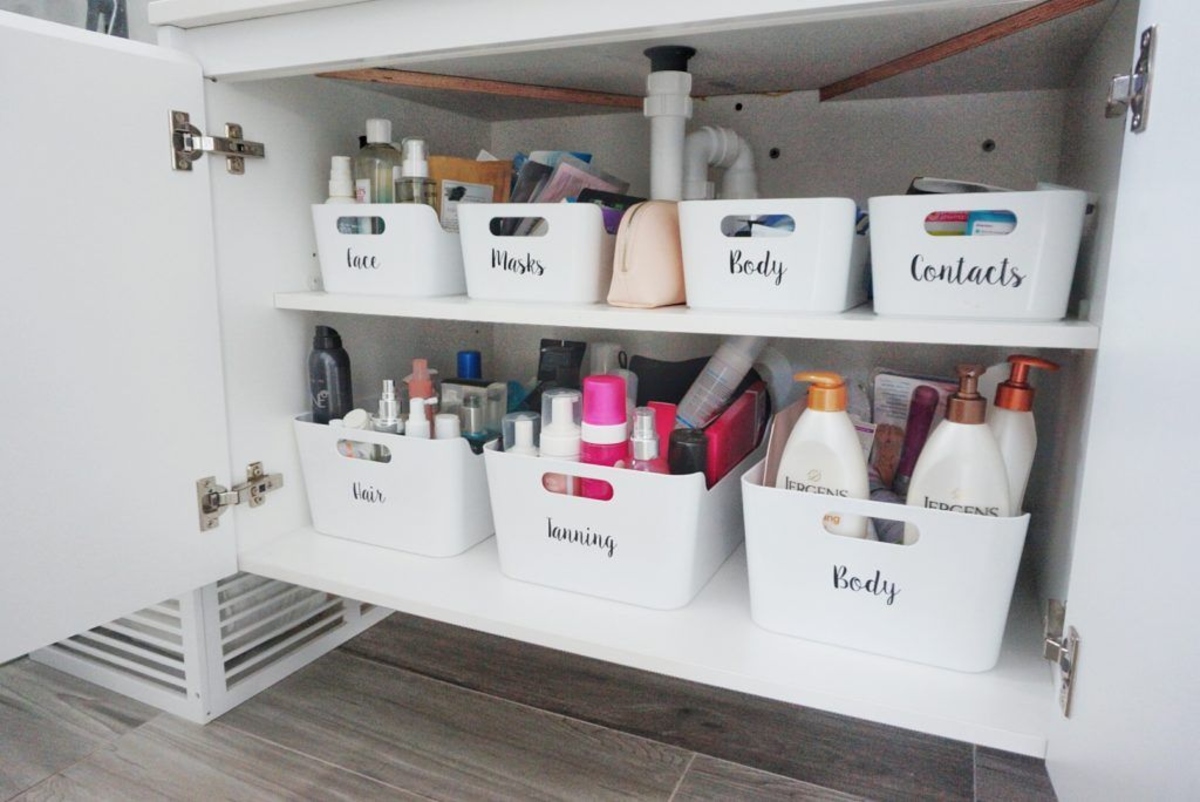
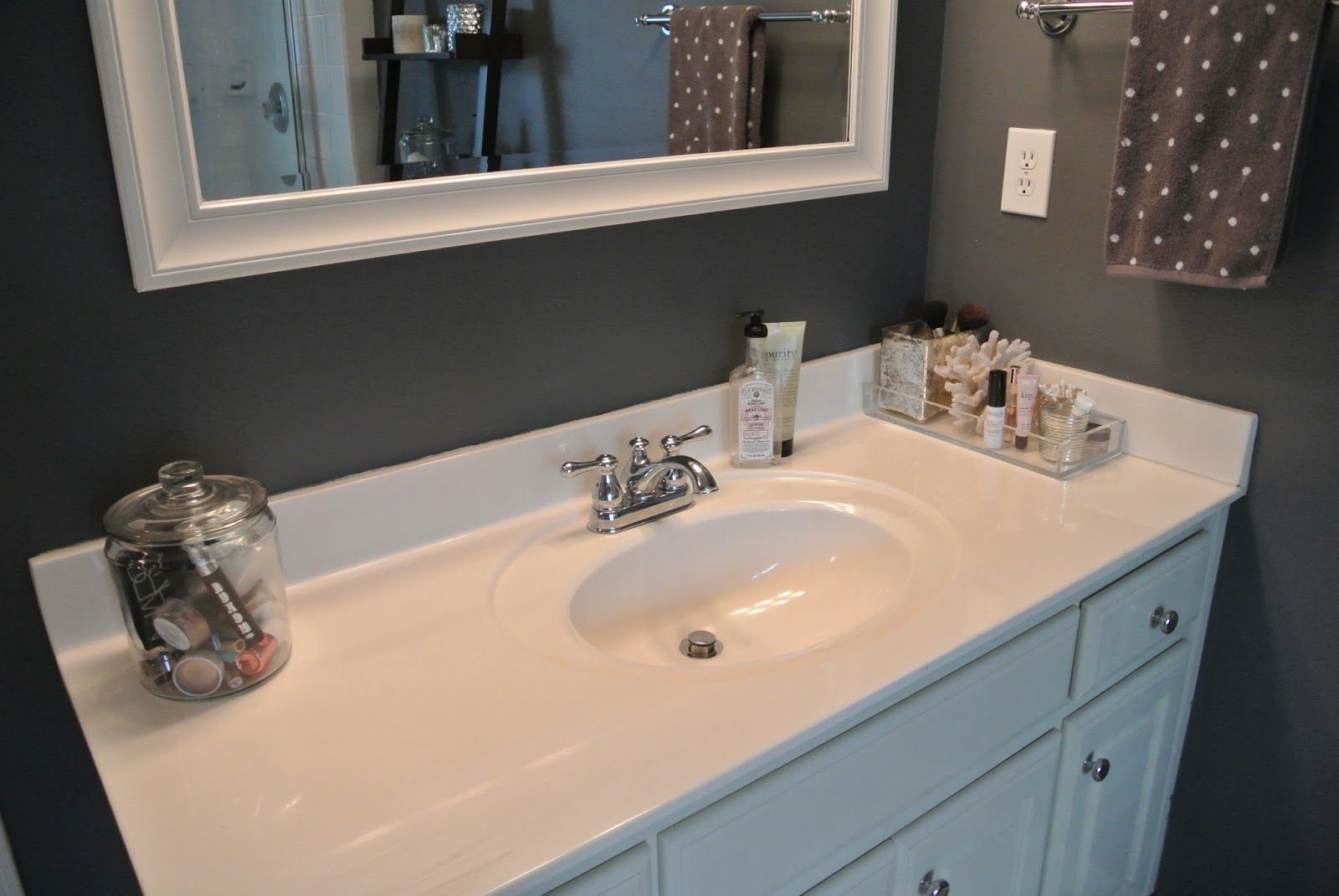
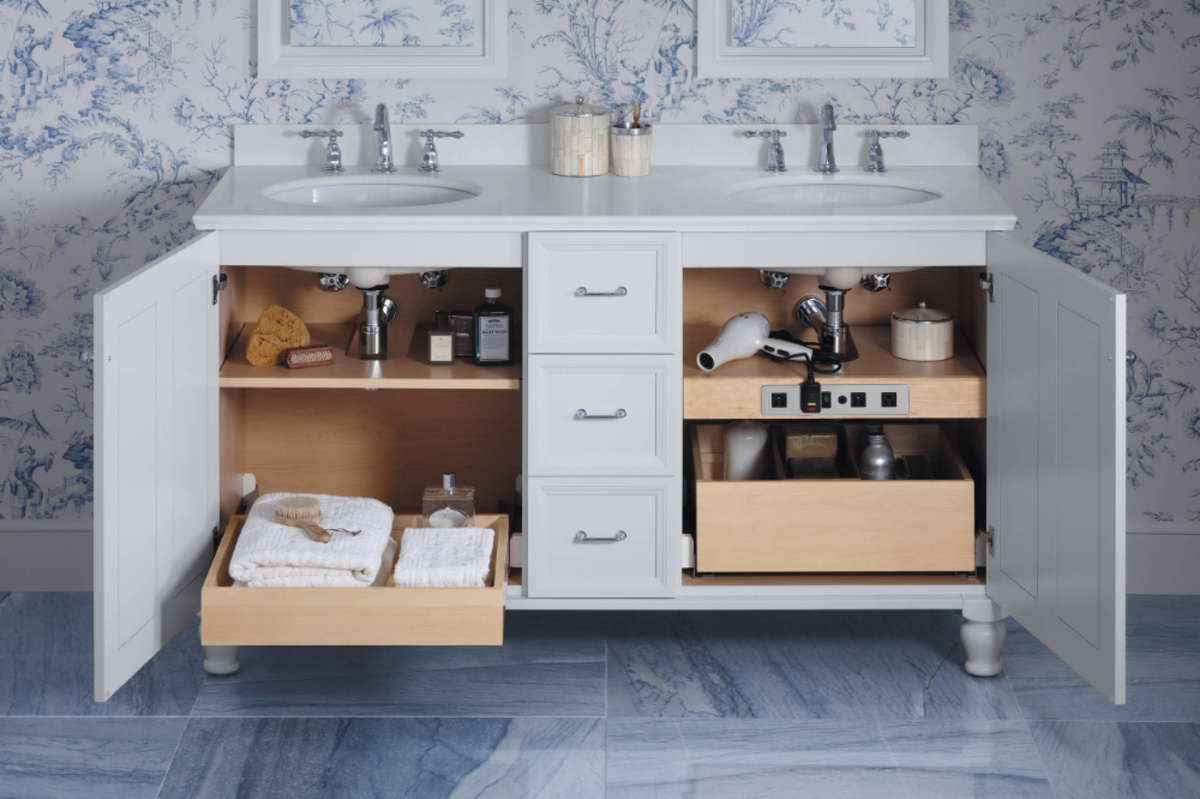
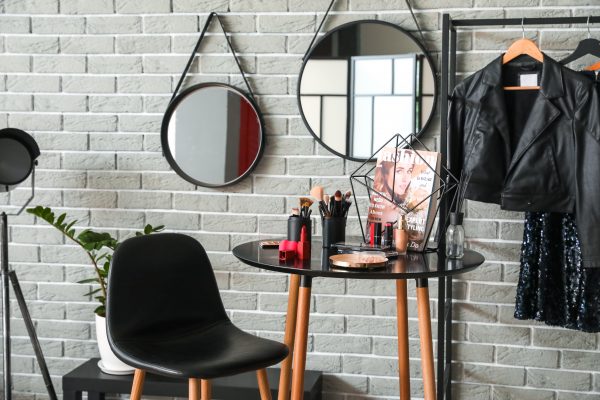
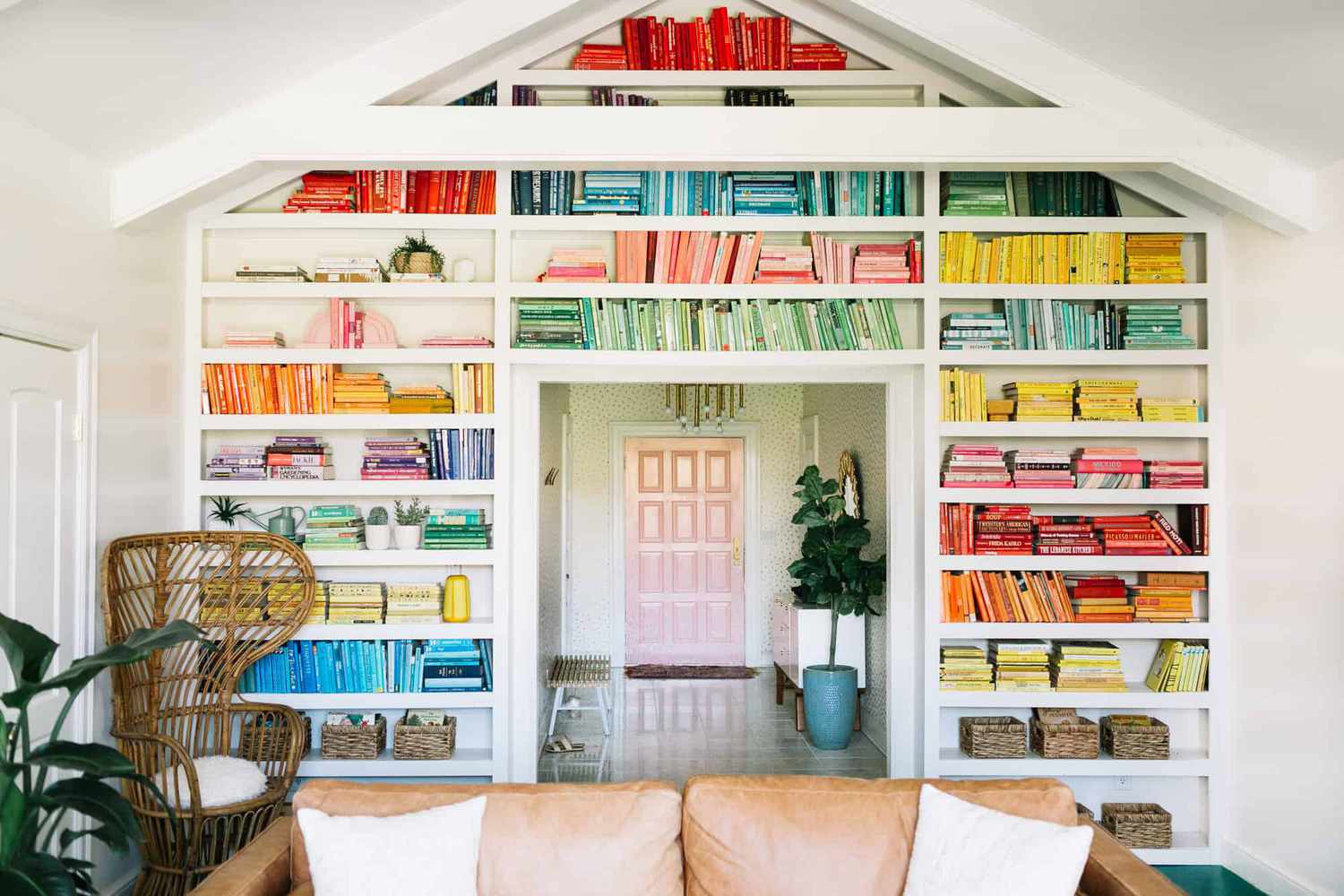
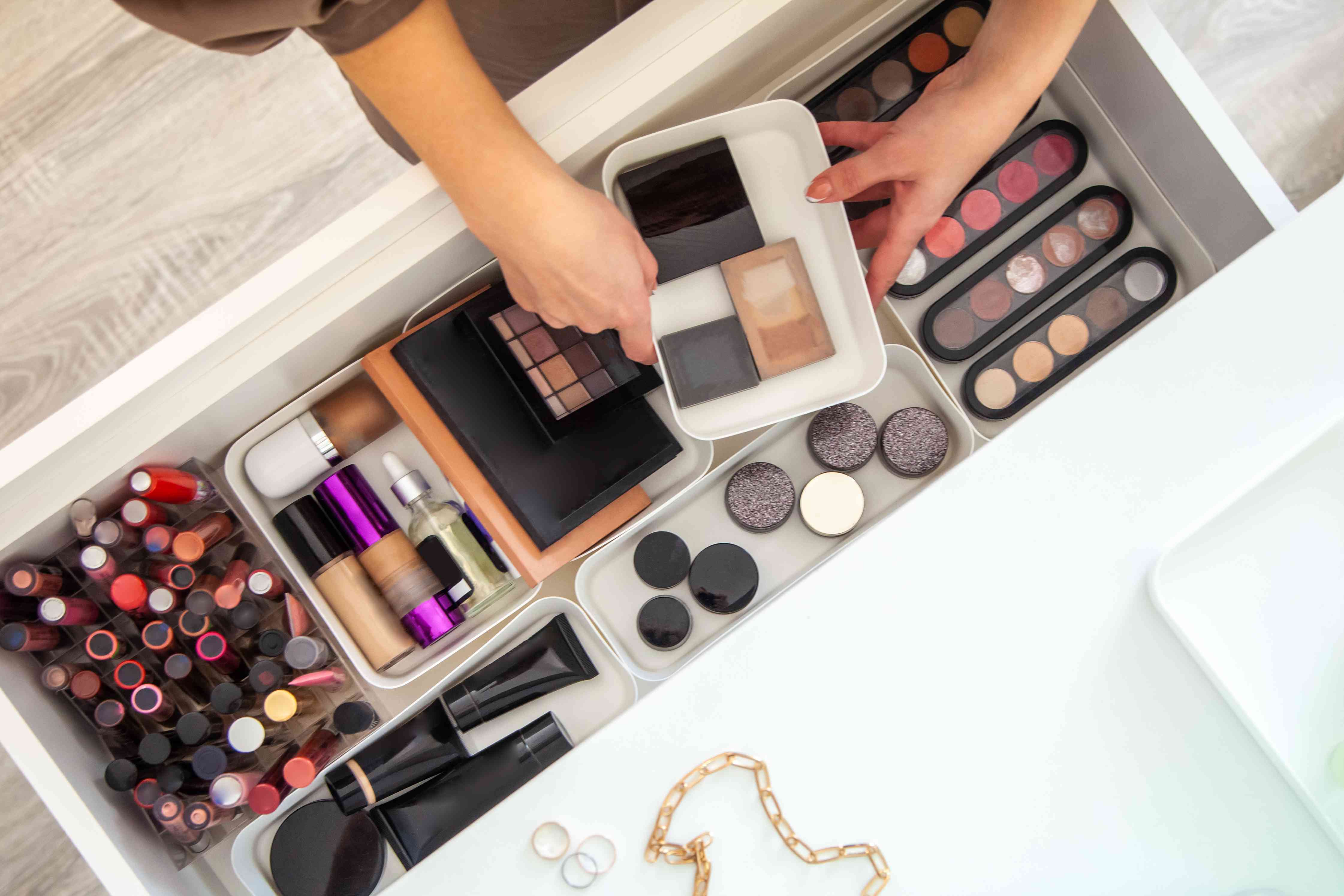
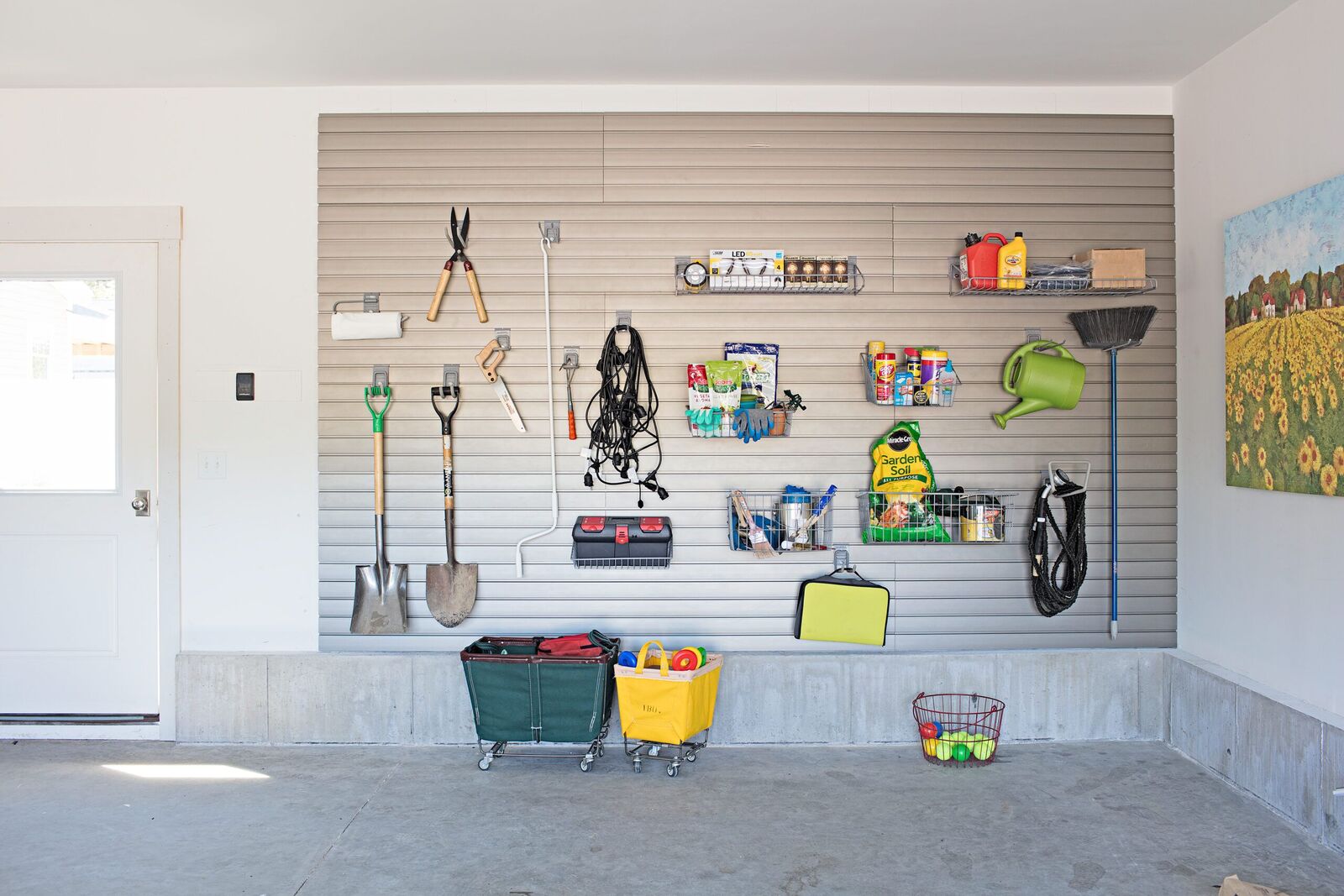
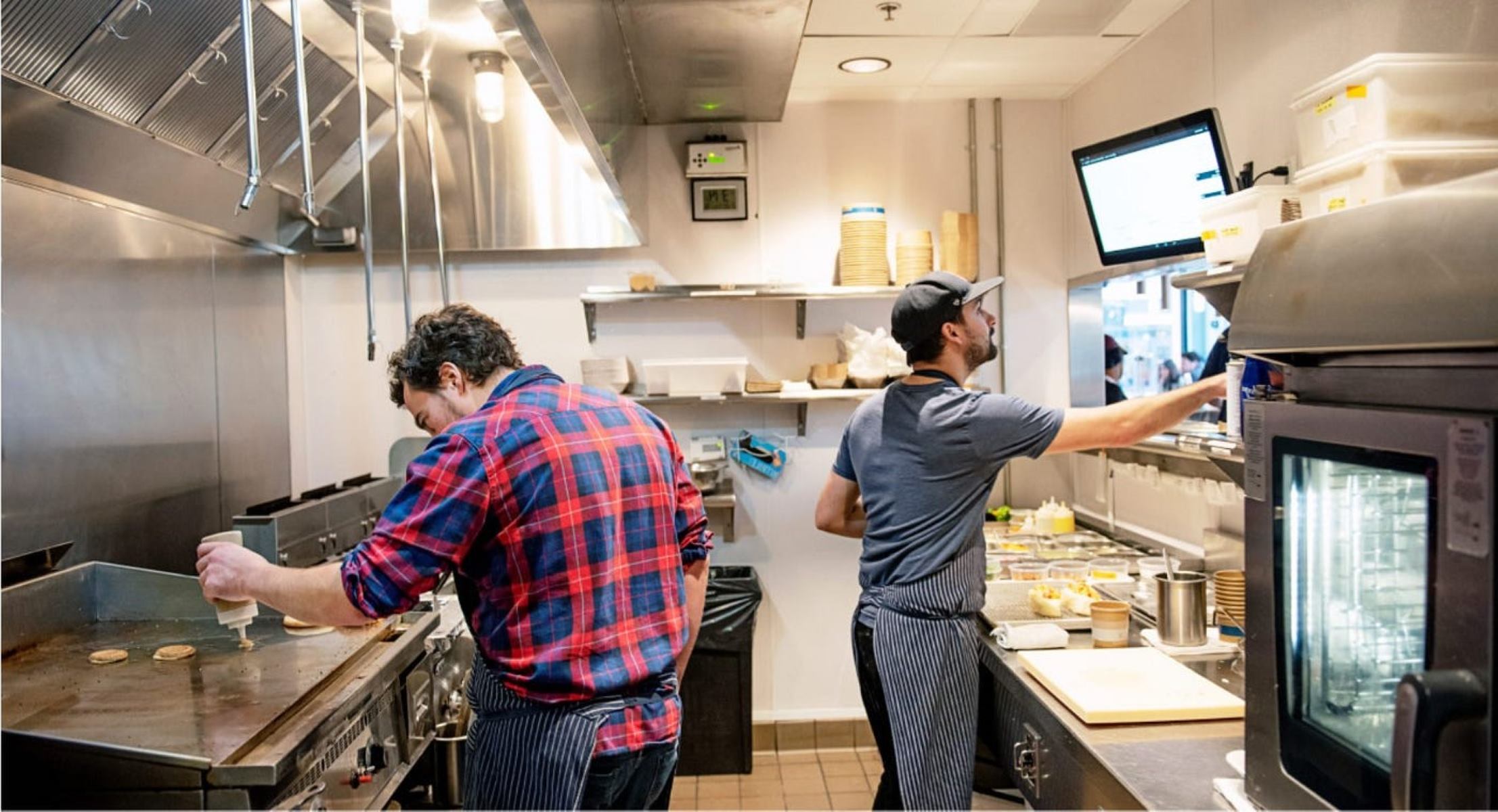
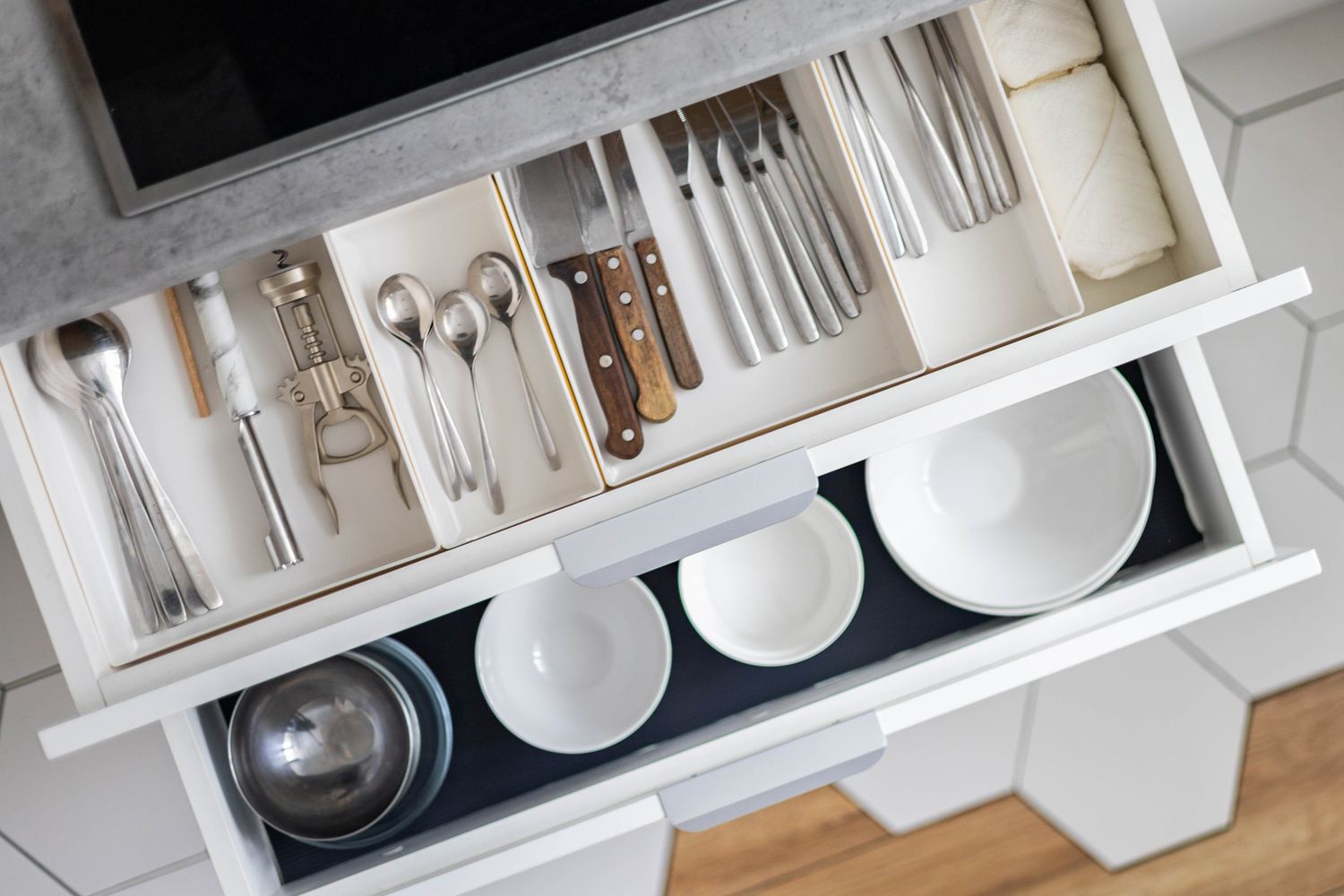
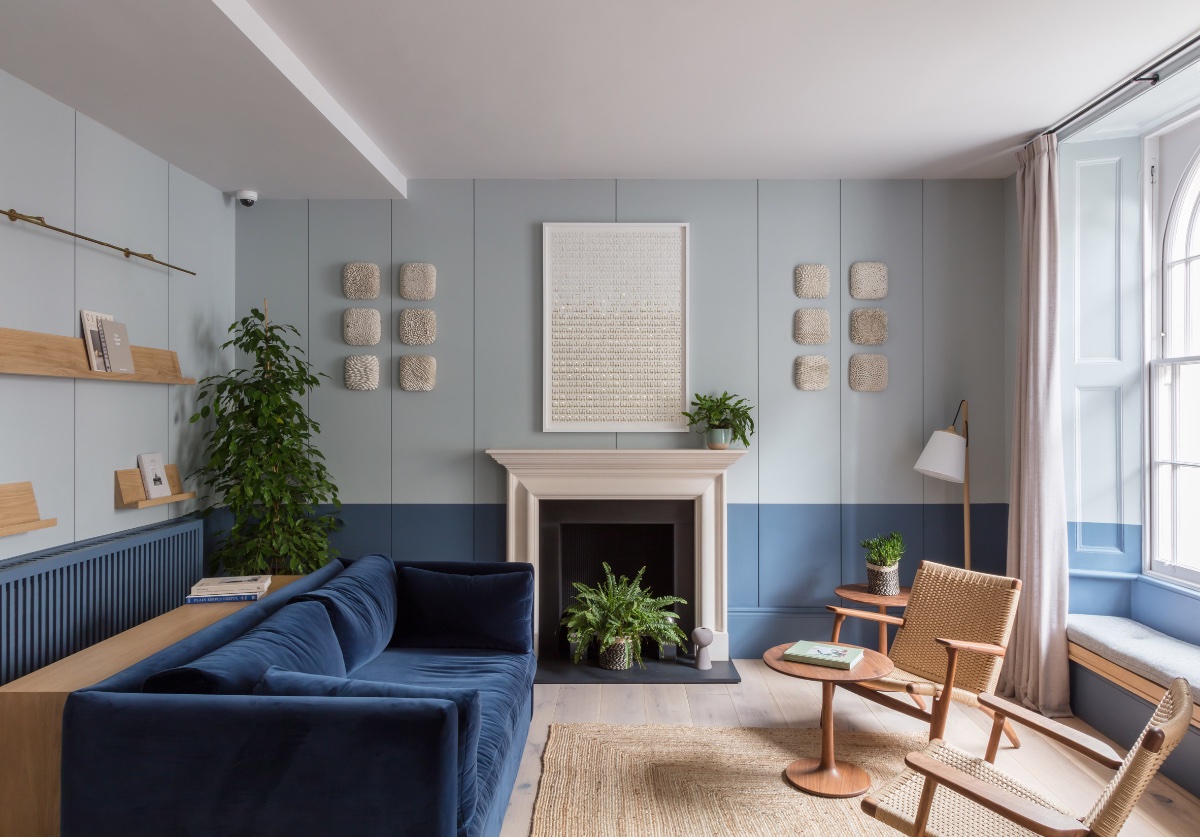
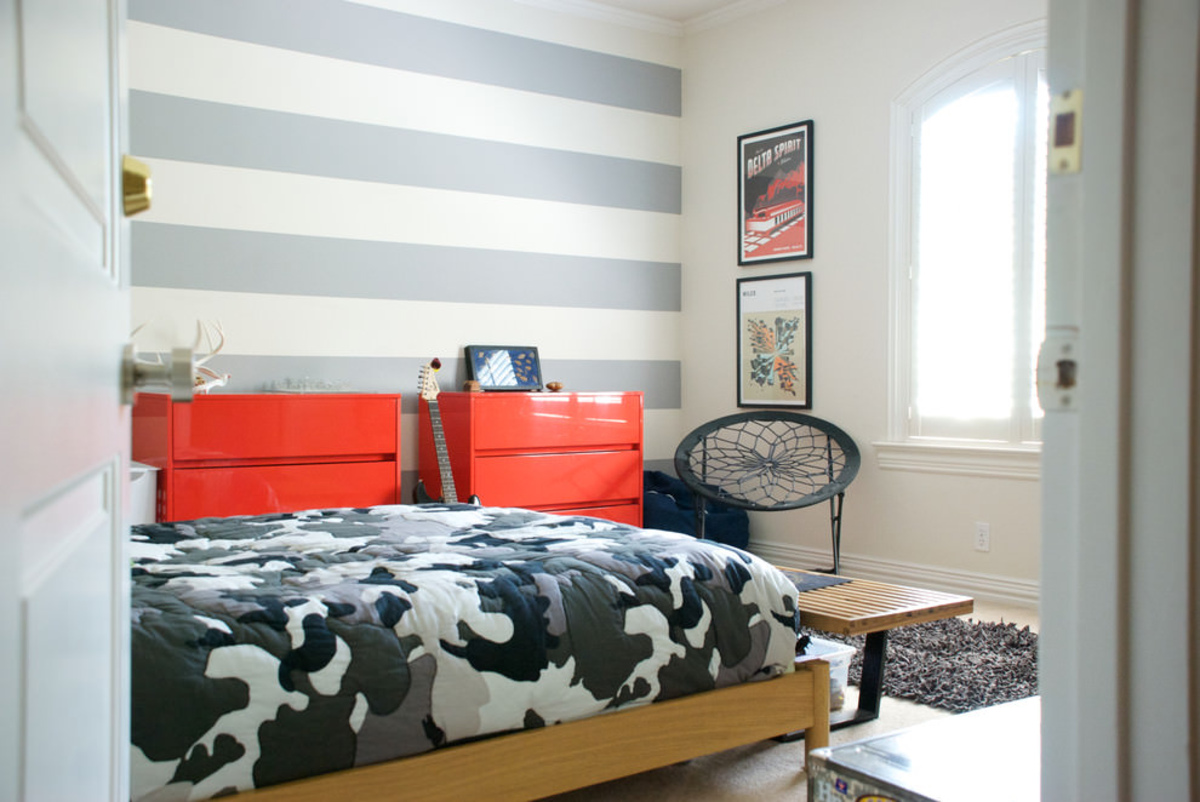
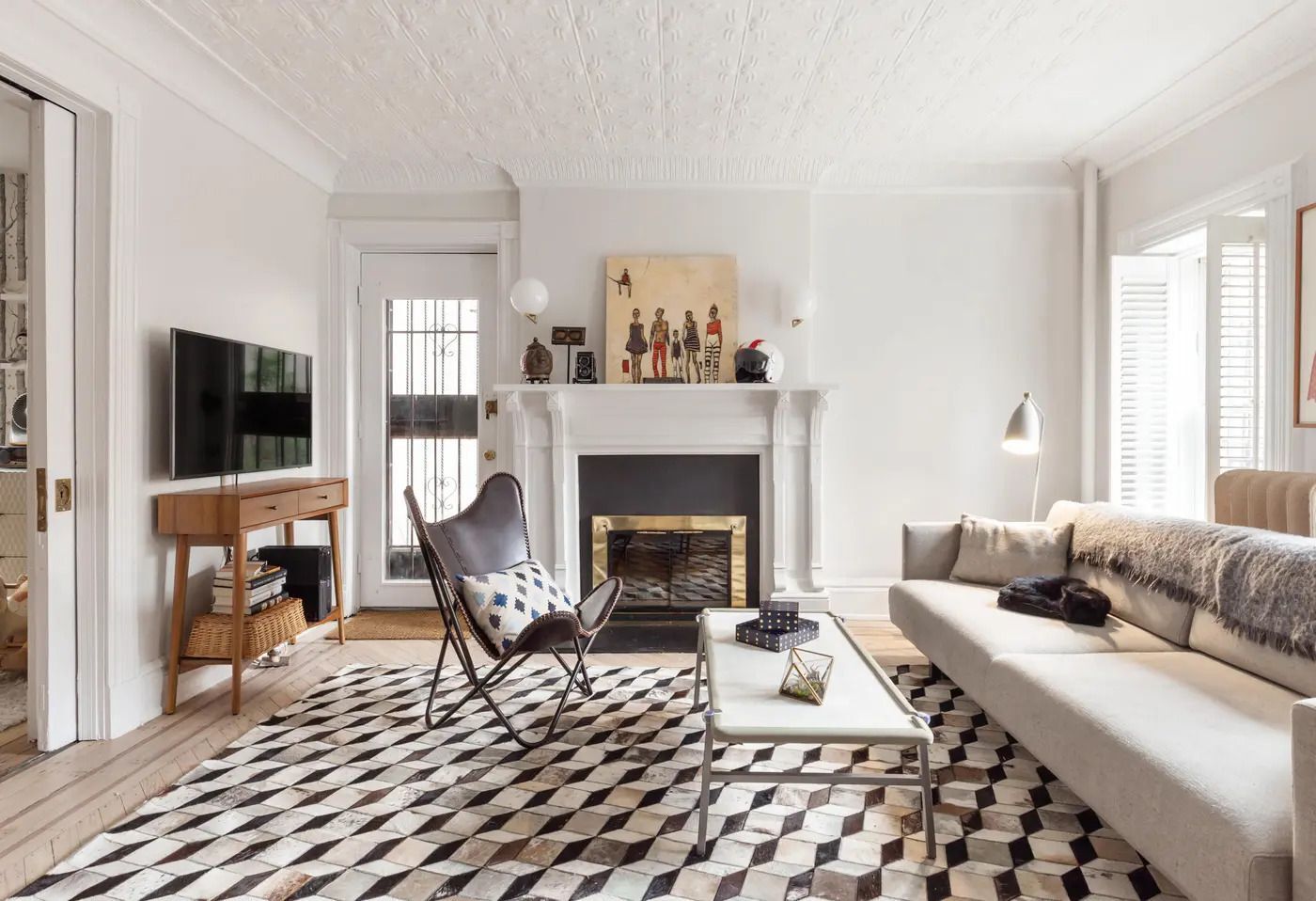

0 thoughts on “Home Organizing Ideas: 15 Ways To Keep Rooms Orderly”